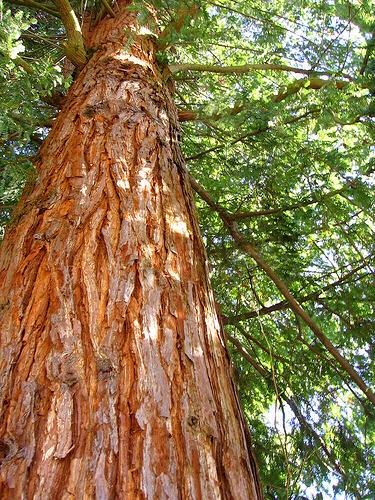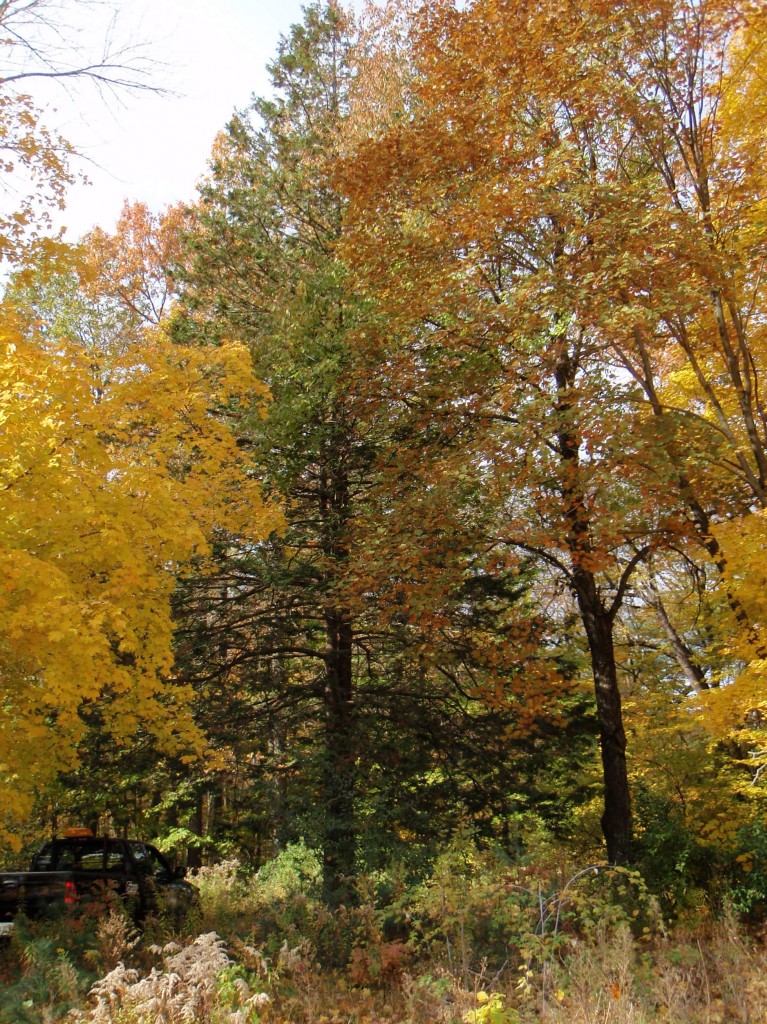Thuja plicata
Owner: St. Williams Nursery & Ecology Centre
Nominator: Forest Care
Height: 19 m (62.3 ft)
Diameter: 58.06 cm (22.9 in)
Circumference: 182.3 cm (71.8 in)
Description
The Western Red Cedar, also called Pacific red cedar, giant-cedar, arborvitae, canoe-cedar, and shingle wood, is the only Thuja species native to western North America. They are a large-sized, long-lived tree, ranging up to 40-50 m in height and 3-4 m in diameter. One particularly large specimen in Washington has a DBH of 592 cm, a height of 54.3 m. They often reach ages of 800-1000 years. Its native range is along the Pacific coast from northern California to southeastern Alaska. Associated forest cover may include: interior douglas fir, western larch, western white pine, lodgepole pine, sitka spruce, western hemlock, coastal true fir and pacific douglas fir. Shingles and shakes constitute the most important special use of red cedar. Attractive appearance, durability, lightness, and superior insulation qualities probably are responsible for its popularity as a roofing material. Wood is also used in utility poles, fenceposts, piling, paper pulp, clothes closets and chests, caskets, crates, boxes beehives, and fish trap floats. (Source: Silvics of North America)
Western Red Cedar

